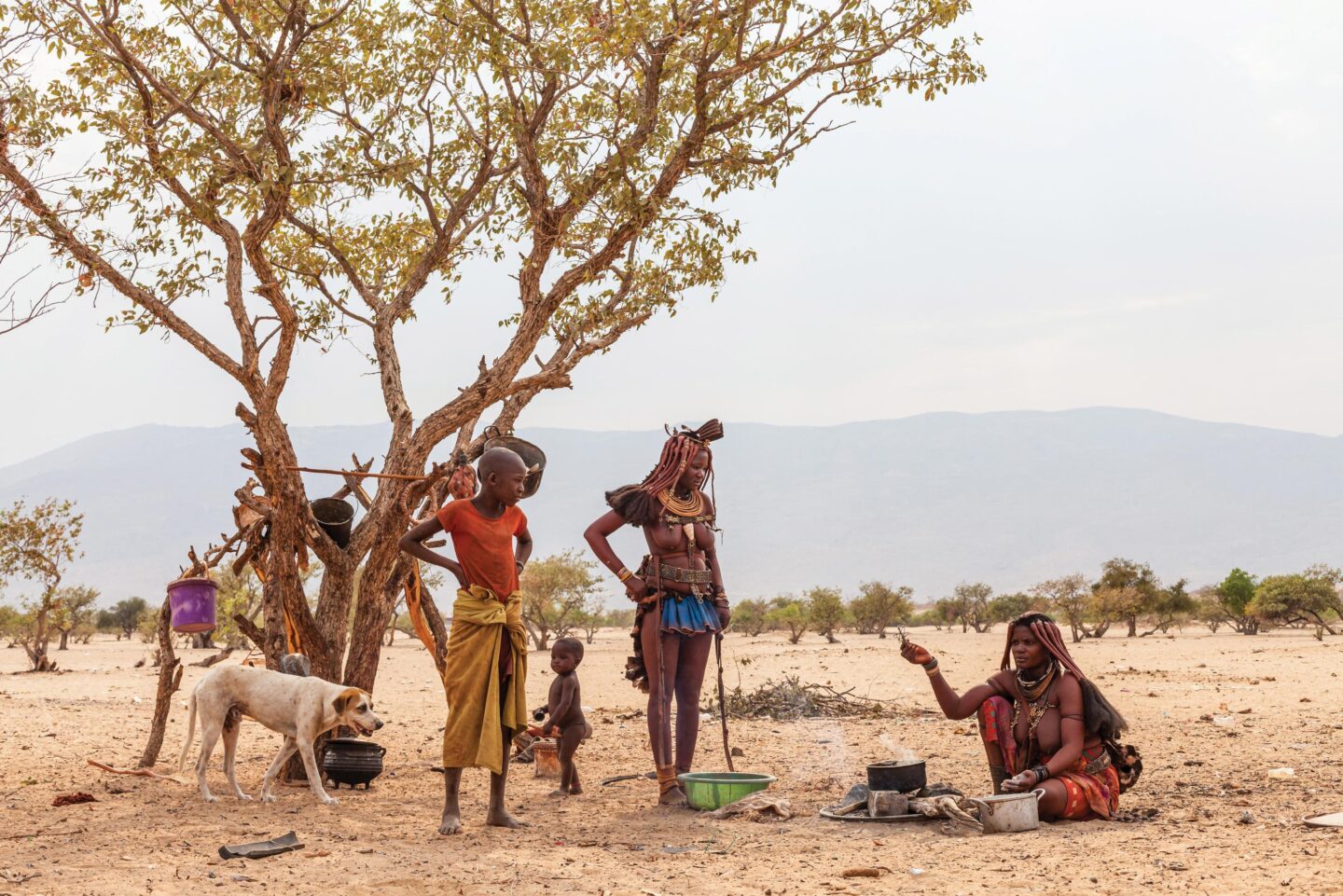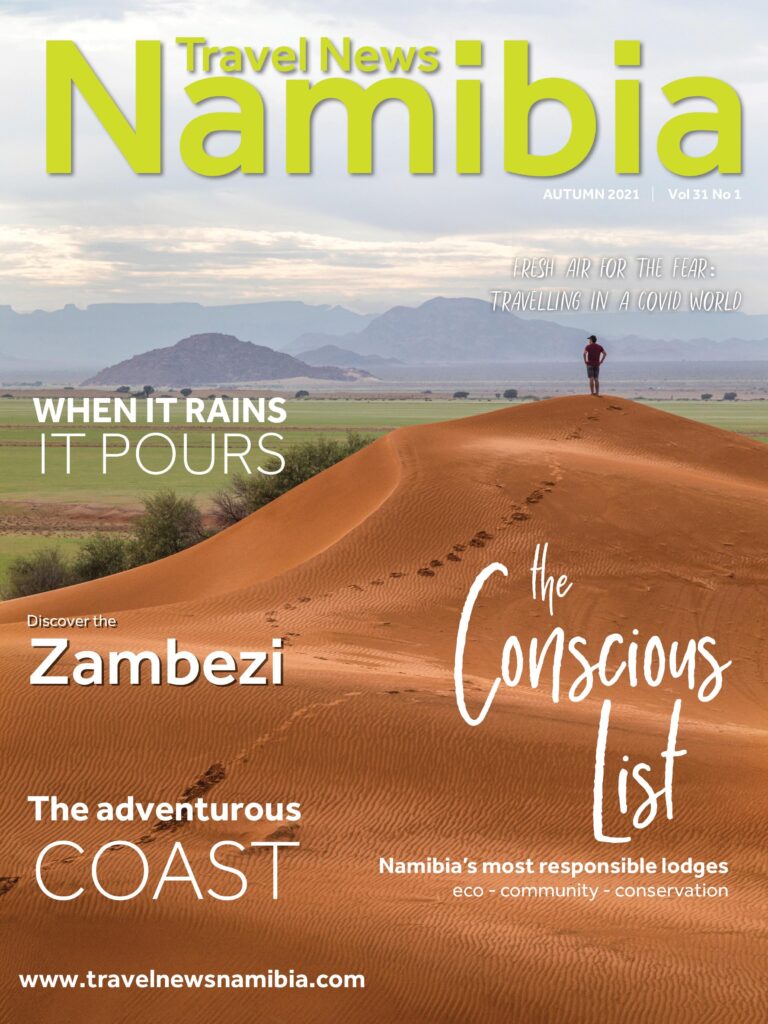
Newton’s third law of motion states, in simple terms, that for every action there is a reaction. I’ve found this to be true for most elements of life. It’s a law that governs the universe, and the people that live in it. Sometimes the reactions are massive and obvious. A global pandemic hits and no one is allowed to travel anywhere. Everyone sits at home. Economies suffer. The world notices. But sometimes the reactions are not as obvious to the world. These “smaller” reactions often have a massive impact at grassroots level. An impact almost more debilitating than the actual threat of a global health crisis.
Rural communities in Namibia survive largely on economic opportunities related to their natural environment. Whether it is tourism, conservation hunting or sustainable use, their livelihoods are built on Namibia’s strong natural wealth. When one of the tools to monetise this wealth is removed, an entire industry may crumble.
Namibia’s conservation success to date stems, to a large extent, from the success of its world-renowned Community-based Natural Resource Management (CBNRM) programme. Established in the mid-90s, it gives rural communities rights to the natural resources they live among. Through the establishment of legal entities known as conservancies, communities organise and formalise systems of governance. These communal conservancies allow rural people to generate income, create jobs and boost their livelihoods through the sustainable use of their natural resources. Examples of such uses include photographic tourism, conservation trophy hunting, harvesting of indigenous plants and creation and sale of arts and crafts. These communities are in turn tasked with the protection of their natural resources. They are incentivised to do so. They are the first line of defence.
In 2019 alone, the CBNRM sector was able to generate around N$ 156 million in revenue. Between 1990 and 2019, CBNRM contributed more than N$ 9.7 billion to Namibia’s net income. This money has been used to not only support the communities living within conservancies, but has also been funnelled into a myriad of conservation initiatives, including projects such as community game guards, anti-poaching activities and human-wildlife conflict mitigation.
THE GRASSROOTS REACTION
The pandemic poses a significant threat to CBNRM in Namibia. A lack of tourism, conservation hunting and free movement has debilitated a sector that has been thriving for almost three decades. It is sad to realise that a programme such as this could be completely dissolved as a result of the pandemic. What would this mean for Namibia’s communities and conservation?
The money collected from these sources goes towards operational costs and community benefit projects. If communities had to diversify their income sources, many may opt to turn to less conservation-friendly practices such as larger-scale agriculture or illegal mining to replace the lost income stream. To expect communities to carry the burden of living with wildlife in regions where their economic options are limited, is too much to ask and not sustainable. If the choice is between animal life and human life, what decision do you think will prevail?
CONSERVATION IS NOT IN LOCKDOWN
While the world took shelter at the start of the crisis, and in some places has gone in and out of various degrees of lockdown, Namibia’s conservation frontline workers could not follow the global trend. Out in the harsh terrains and vast landscapes of Namibia’s conservation spaces there were, and still are today, organisations and individuals who continue to protect natural resources for the good of the country and its people. Community game guards, rangers, anti-poaching units, government ministry and police officials, as well as support organisations continued their work in the field to help minimise the effects of the pandemic, and attempt to curb wildlife crime and the reactions that the worsening economy will have on desperate individuals.
SUPPORT IN A TIME OF CRISIS
In response to the threats posed to the CBNRM sector as a result of the pandemic, Namibia’s Ministry of Environment, Forestry and Tourism launched the Conservation Relief, Recovery and Resilience Facility (CRRRF) in May 2020. The fund was established by MEFT through funds raised by the Environmental Investment Fund, the Namibian Association of CBNRM Support Organisations (NACSO), World Wildlife Fund (WWF), and with pledges of support from the United Nations Development Programme (UNDP) and Nedbank Namibia. The aim of the facility is to provide relief to the CBNRM and conservation sectors in Namibia to ensure job security, the continuation of human-wildlife conflict mitigation projects as well as wildlife crime prevention initiatives and conservation projects.
While these efforts will help conservancies weather the storm, true recovery will only occur once Namibia’s successful and crucial industries such as tourism and conservation hunting regain their footing.
Perhaps there is a silver lining in the grey storm clouds that loom, though… The pandemic might make room for some pause for thought.
COVID-19 has provided the sector with an opportunity to step back and take a look at the industry’s reliance on international visitors and donors. Now is a good time to rethink and reset before we restart. To reassess priorities and find ways of diversifying and building resilience so that the reaction to global crises will not entail the risk of bringing one of the countries greatest success stories to its knees again in future. TNN







